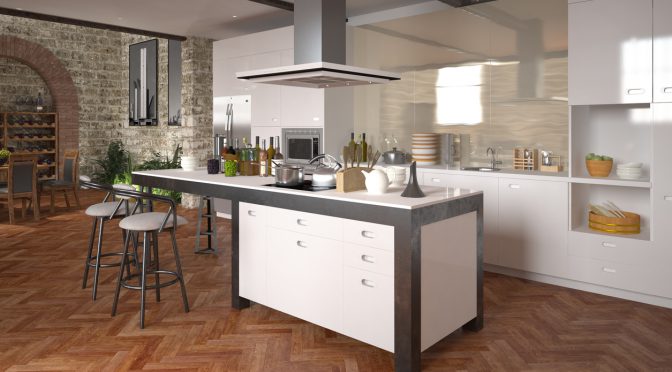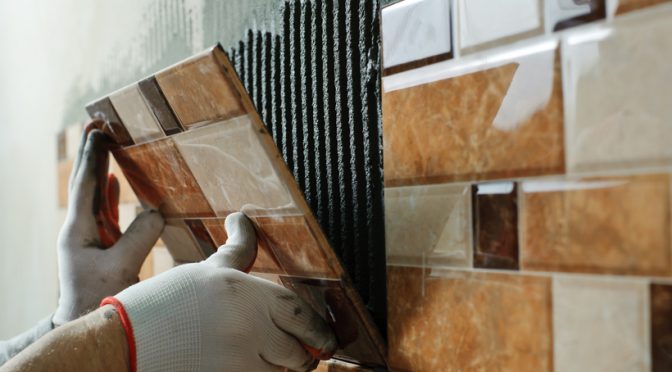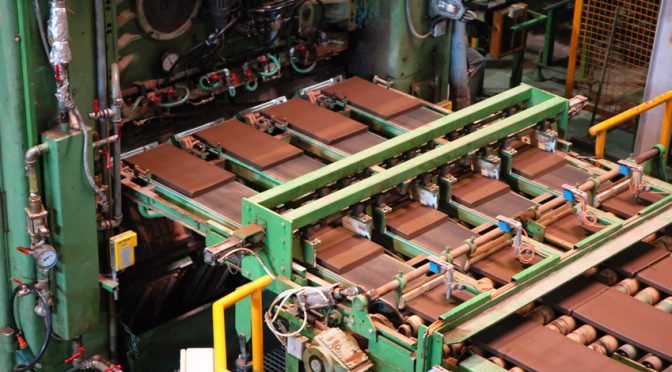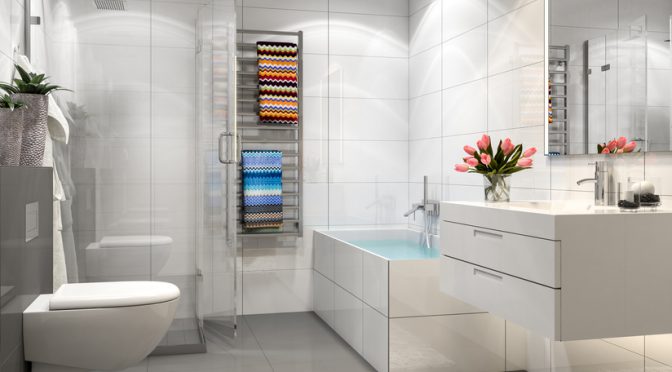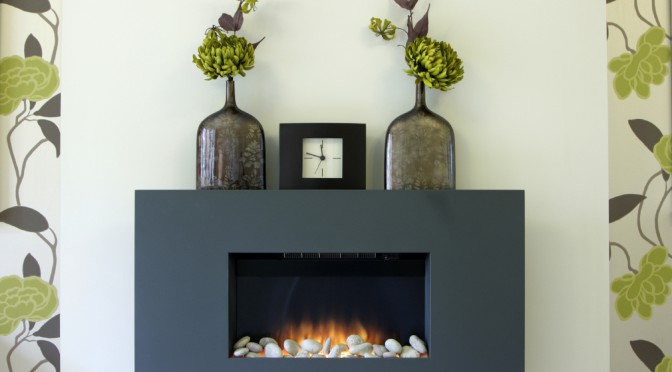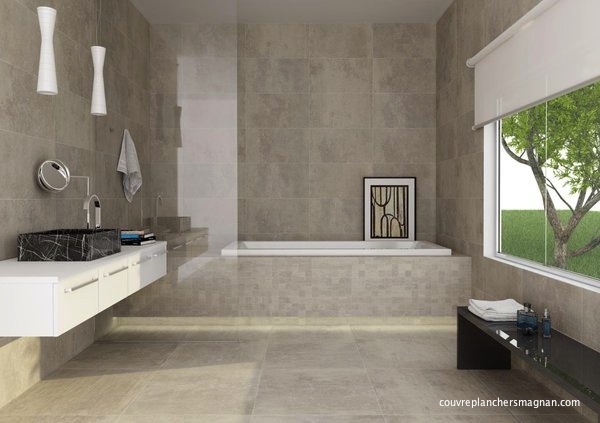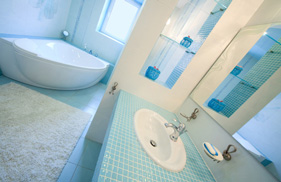The kitchen island, once considered an item designed solely for functionality, has become an integral part of home décor. How do you choose from the abundance of materials and functions for this staple item?
The kitchen island has become a key element in almost every modern kitchen, combining style and functionality. There are many options to consider when choosing your kitchen island. Here are some ideas.
Originally, the island consisted of a practical space on which meals were prepared. Eventually, it became a multipurpose piece of furniture that included elements such as a prepping station, sink, dishwasher, stove, small fridge, hot plate, oven, integrated cutting board and even a counter used for enjoying meals.
Furniture is decorative – and the kitchen island is no exception. Some kitchens have massive islands made of high-quality wood, anchored with sturdy legs, adorned with decorative detailing, topped with grill paneling or comprised of frosted glass when used as a storage unit. The island is the central focus point of the space, often standing out in comparison to other pieces in the kitchen.[……]
